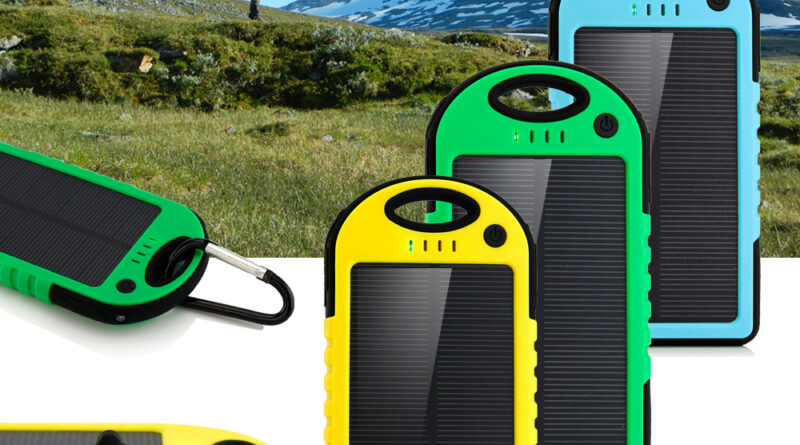Solar Chargers For Mobile: A Comprehensive Guide
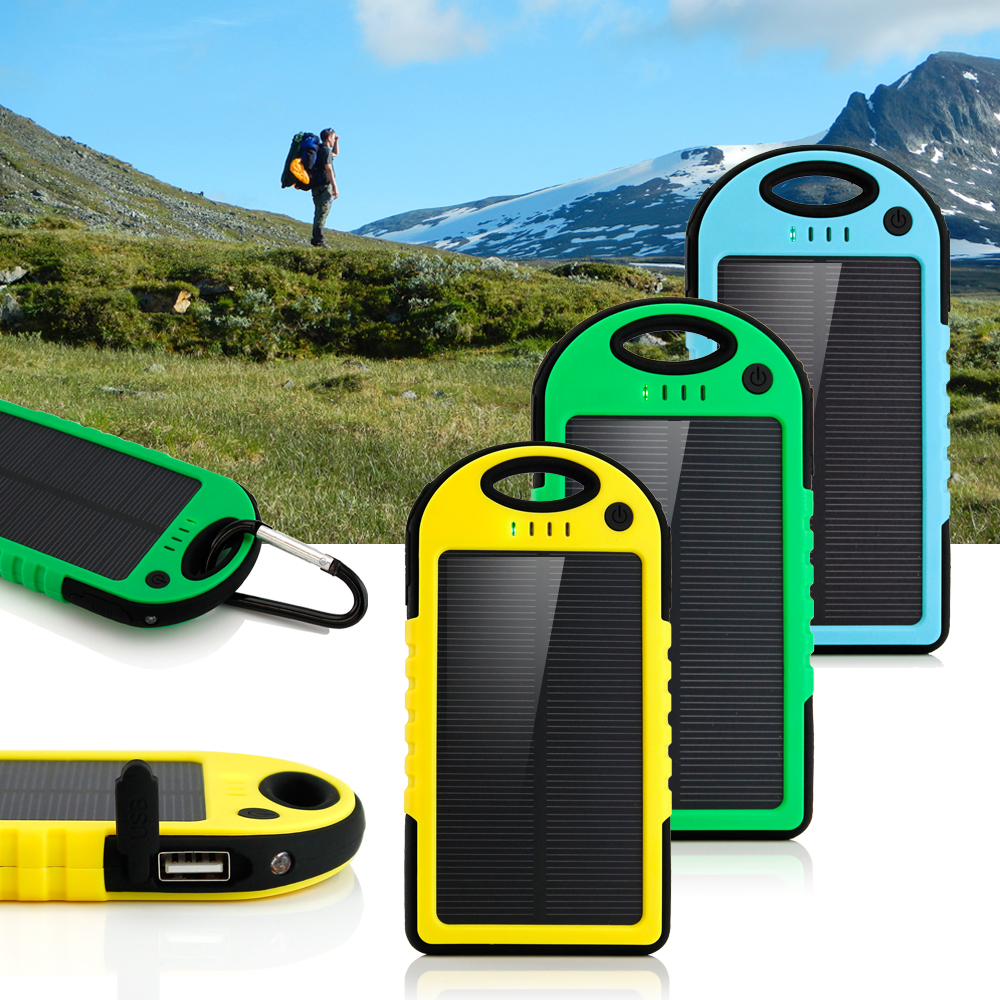
Solar Chargers for Mobile: A Comprehensive Guide
Introduction
In today’s digital age, our mobile devices have become indispensable tools for communication, entertainment, and productivity. However, the constant need to recharge these devices can be a hassle, especially when we’re on the go or in areas with limited access to electricity. Solar chargers for mobile offer a convenient and eco-friendly solution to this problem, allowing us to harness the power of the sun to keep our devices powered up.
How Solar Chargers Work
Solar chargers convert sunlight into electrical energy using photovoltaic (PV) cells. These cells are made of semiconductor materials that absorb photons from sunlight and generate an electrical current. The current is then stored in a battery, which can be used to charge mobile devices.
Types of Solar Chargers for Mobile
There are various types of solar chargers available for mobile devices, each with its own unique features and benefits.
Portable Solar Chargers: These compact and lightweight chargers are designed for portability and can be easily carried in a backpack or bag. They typically have a built-in battery and can charge multiple devices simultaneously.
Foldable Solar Chargers: These chargers are larger than portable chargers and can be folded up for easy storage. They offer higher power output and can charge devices more quickly.
Solar Backpacks: These backpacks incorporate solar panels into their design, allowing you to charge your devices while you’re on the move. They are ideal for hikers, campers, and anyone who spends extended periods outdoors.
Solar Power Banks: These devices combine a solar charger with a portable battery, providing a convenient way to store and charge your devices. They are typically more expensive than standalone solar chargers but offer greater flexibility.
Choosing the Right Solar Charger for Mobile
When choosing a solar charger for mobile, consider the following factors:
Power Output: The power output of a solar charger is measured in watts (W). Higher power output means faster charging times.
Battery Capacity: The battery capacity of a solar charger determines how much power it can store. Larger battery capacities allow you to charge multiple devices or charge your devices for longer periods.
Portability: If you plan on using your solar charger on the go, choose a portable model that is easy to carry and store.
Durability: Solar chargers should be durable enough to withstand the elements and rough handling. Look for chargers with weather-resistant materials and sturdy construction.
Compatibility: Ensure that the solar charger you choose is compatible with your mobile device. Most solar chargers come with multiple adapters to accommodate different devices.
Benefits of Using Solar Chargers for Mobile
Convenience: Solar chargers eliminate the need to carry multiple chargers or rely on wall outlets. They allow you to charge your devices anywhere there is sunlight.
Eco-friendliness: Solar chargers are powered by renewable energy, reducing your carbon footprint and promoting sustainability.
Cost-effectiveness: While solar chargers can be more expensive than traditional chargers initially, they can save you money in the long run by eliminating the need for disposable batteries or electricity.
Reliability: Solar chargers are reliable and can provide power even in remote areas or during power outages.
Limitations of Solar Chargers for Mobile
Dependence on Sunlight: Solar chargers rely on sunlight to generate power. They may not be effective in areas with limited sunlight or during cloudy weather.
Charging Time: Solar chargers typically take longer to charge devices than traditional chargers.
Capacity Limitations: Solar chargers have limited battery capacities, which may not be sufficient to fully charge multiple devices or large devices like laptops.
Tips for Using Solar Chargers for Mobile
Maximize Sunlight Exposure: Position your solar charger in a location with direct sunlight to ensure optimal charging efficiency.
Clean the Solar Panels: Keep the solar panels clean to prevent dust or debris from blocking sunlight.
Avoid Overcharging: Most solar chargers have built-in overcharge protection, but it’s still important to monitor the charging status of your devices to prevent damage.
Store Properly: When not in use, store your solar charger in a cool, dry place to extend its lifespan.
Conclusion
Solar chargers for mobile offer a convenient, eco-friendly, and cost-effective way to keep your devices powered up. By choosing the right solar charger and following the tips outlined in this guide, you can enjoy the benefits of solar charging while minimizing its limitations. Embrace the power of the sun and experience the freedom of charging your mobile devices anywhere, anytime.
5 Best Solar Chargers for Mobile Devices
With the increasing popularity of mobile devices, the need for reliable and portable power sources has become more important than ever. Solar chargers offer a convenient and eco-friendly solution, allowing you to charge your devices on the go without relying on traditional outlets. Here are the top 5 solar chargers for mobile devices:
1. Anker PowerCore Solar 10000
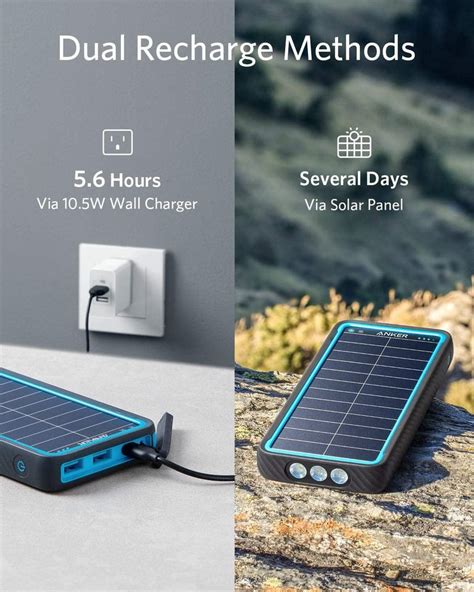
- Capacity: 10,000mAh
- Power Output: 18W
- Features: Compact design, built-in flashlight, and durable construction
2. RAVPower Solar Charger 26800mAh
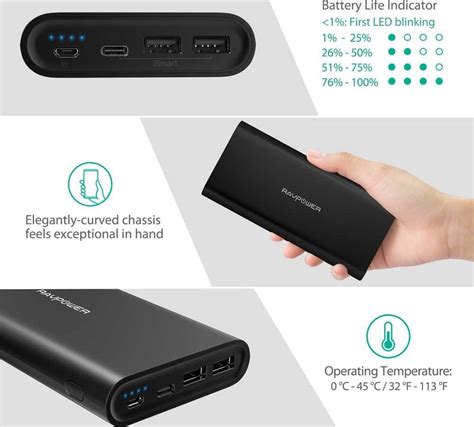
- Capacity: 26,800mAh
- Power Output: 24W
- Features: Massive capacity, multiple charging ports, and water-resistant design
3. Goal Zero Nomad 7 Plus
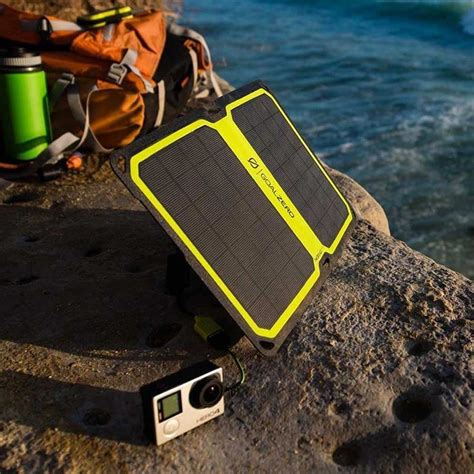
- Capacity: 7,000mAh
- Power Output: 14W
- Features: High-efficiency solar panels, durable construction, and built-in kickstand
4. BigBlue 28W Solar Charger
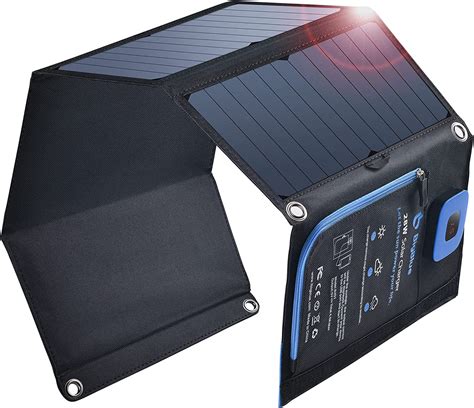
- Capacity: N/A
- Power Output: 28W
- Features: Foldable design, multiple charging ports, and high conversion efficiency
5. Jackery SolarSaga 100W
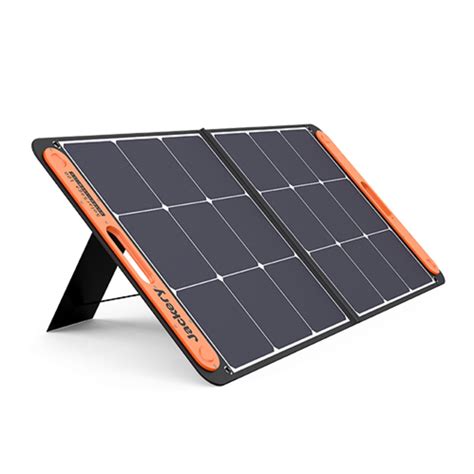
- Capacity: N/A
- Power Output: 100W
- Features: High-power output, foldable design, and durable construction
